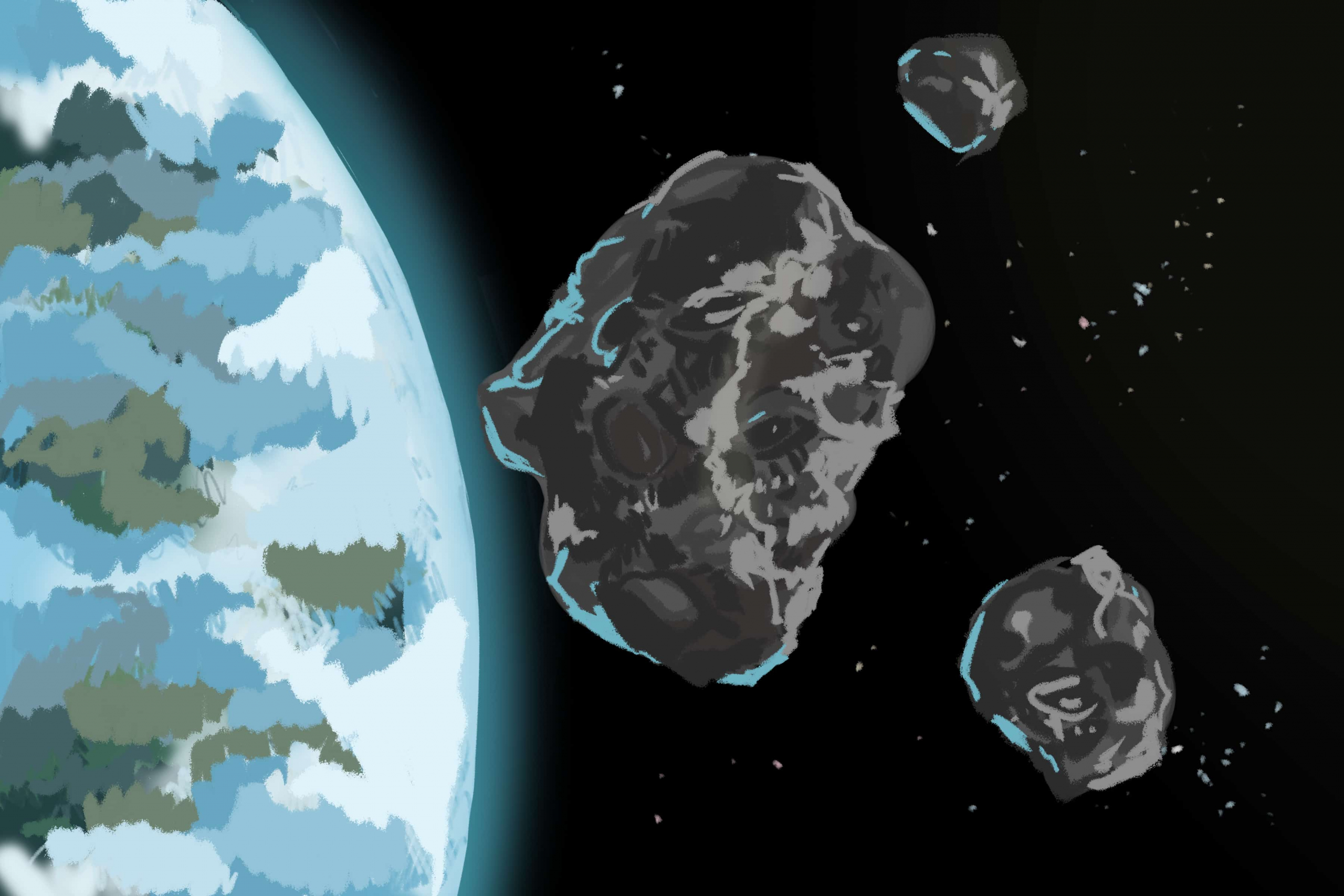On December 18, a meteor with an estimated diameter of 10 metres, travelling at approximately 32 kilometres per second, exploded over the Bering Sea. The meteor exploded with 10 times the strength of the atomic bomb dropped on Hiroshima in 1945 — equivalent to the energy of 173 kilotons of TNT.
The explosion went relatively unnoticed and was not reported on by scientific and general media until early March. It was recorded by the Comprehensive Nuclear Test-Ban Treaty Organization at the time, but the organization did not report on it or attempt to study it further, as it was not a nuclear threat.
The event recently surfaced in the media only after Dr. Peter Brown, a professor at Western University’s Department of Physics and Astronomy, observed the explosion in the organization’s database.
NASA then added the event to its Fireballs database, which compiles the details of such events, including their location, size, and impact energy.
The incident has led to discussion surrounding the potential threat of meteors. Their seemingly unpredictable nature makes it difficult to track them and prepare for impact if and when they occur.
The Bering Sea explosion went unnoticed because the meteor arrived at a more northerly angle than most observed events, where fewer telescopes are focused. The relative proximity to a populated area — the meteor impacted just 300 kilometres off the coast Kamchatka, Russia, a peninsula housing over 300,000 people — suggests that future meteors could pose a danger if effective monitoring is not in place.
Are we in danger?
Every day, between 80 and 100 tons of dust and small meteorites fall from space, yet the impact of larger objects is a far rarer occurrence.
A January study by Dr. Sara Mazrouei, who completed her PhD in Planetary Geology at U of T last year, and Dr. Rebecca Ghent, Associate Professor in the Department of Earth Sciences, suggests that large asteroids are colliding with Earth more frequently than before, and this change in frequency began around 290 million years ago.
While ‘asteroid’ typically refers to any celestial body composed of rock and metal which orbits the sun, the U of T study focused on rocks capable of creating craters greater than 20 kilometres in diameter.
The researchers found that the rate of collisions has more than doubled over the past 290 million years compared to the ones recorded 300–650 million years ago. However, this does not mean that collisions occur often. On average, these very large asteroids only hit Earth every few million years.
So what is out there?
Around 90 per cent of objects in our solar system that are 140 metres wide or larger have been found through NASA’s Near-Earth Objects (NEO) Observations Program.
Through this program, NASA maintains a list of large NEOs that could pose a risk to Earth, determined by factors such as the size, shape, orbit trajectory, mass, and rotational dynamics.
This list, and other planetary defence studies, are used to plan for collisions. Hypothetical efforts would focus on mitigating the effects of unpreventable impacts and implementing measures that can deflect or disrupt other NEOs.
NASA’s current stance is that there are no major threats of a crash.
Looking ahead
In 2017, NASA’s Science Definition Team reaffirmed that objects that are 140 metres in diameter or smaller would only result in regional effects on impact. Large NEOs could have sub-global effects if they are 300 metres in diameter or larger, and global effects if they are one kilometre in diameter or larger.
As of 2019, over 19,000 NEOs have been discovered, compared to 10,000 in August 2013. Over 1,500 NEOs have been discovered each year since 2015, raising the possibility that objects that could pose a threat may be discovered in the future.
Although roughly two-thirds of large NEOs are estimated to be undiscovered, NEO detection continues to improve as technology advances.


